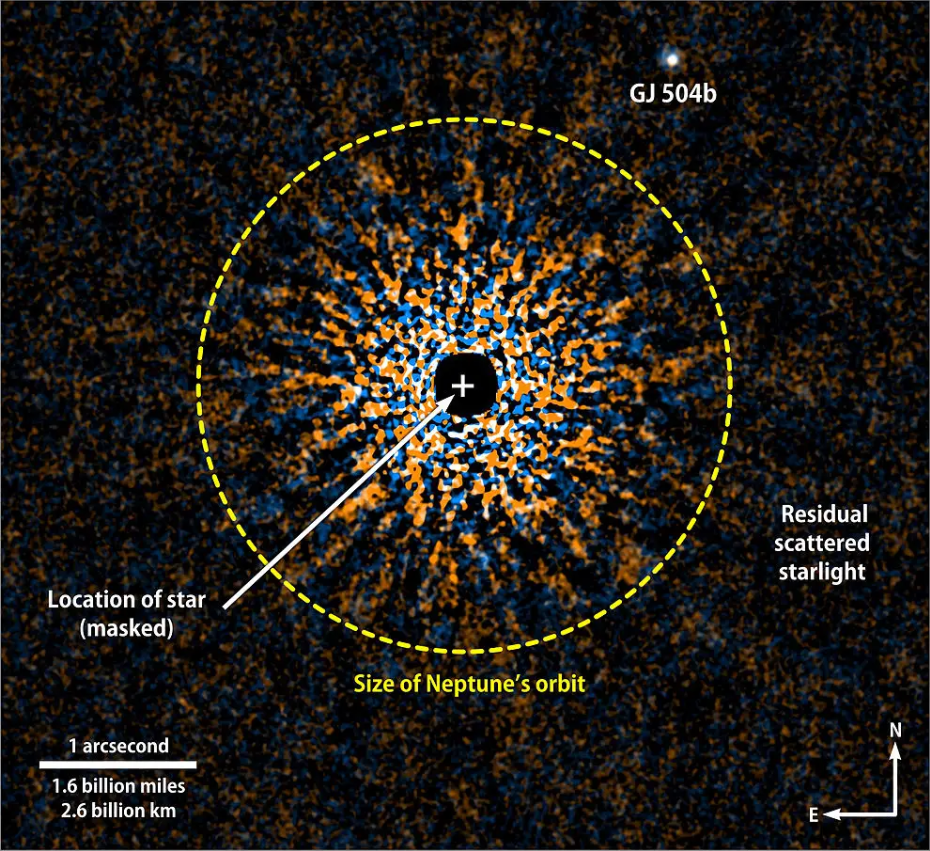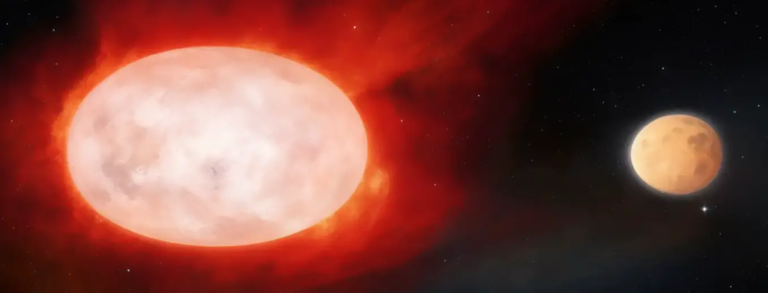NASA’s Recent Discovery of the Most Terrifying Planet in the Observable Universe
In 2022, the Kitt Peak National Observatory in Arizona made a remarkable discovery: a gas giant planet named TOI-3757b. Found 580 light-years away, this planet, 1.5 times the size of Jupiter, possesses an odd density, reminiscent of a marshmallow. Its eccentric elliptical orbit causes it to experience intense radiation showers from its neighboring star, akin to whipping up meringue from egg whites.
Another mysterious planet, Planet Press 2B, 750 light-years from us, absorbs a staggering 99% of light, making it incredibly dark. Despite being close to its star, it remains elusive due to its extreme low reflectivity. Meanwhile, Gliese 504b, 57 light-years away, defies astronomical expectations. Rather than reflecting light, it glows from within, suggesting it may still be young and hot, akin to freshly forged metal.

Then there’s GJ1214b, a unique planet located 42 light-years away, predominantly comprised of deep oceans. Its vast waters make Earth’s Mariana Trench seem like a puddle. Adding to the list of oddities, Kepler-10b, 560 light-years distant, has seas, not of water, but of lava, due to its proximity to its host star.
The universe also revealed a diamond-like planet, five times bigger than Earth, 4,000 light-years away. This shimmering celestial body, believed to be a transformed white dwarf, now shines brilliantly in its stellar system.
The universe’s diversity doesn’t end here. WASP-76b, with its intense temperatures, showcases an iron rain phenomenon. Another planet, HD189733b, experiences searing winds of 8,700 km/h carrying molten glass droplets. And KELT-9B, coined the ‘planet from hell,’ holds a temperature higher than many stars.
KH1, discovered 5,000 light-years away by amateur astronomers, orbits not one, but four stars, challenging the boundaries of celestial mechanics. Then there’s HD106906b, a young exoplanet, alone in space, but with a temperature of 1500°C. The universe also houses HR5183b, nicknamed the ‘Whiplash Planet’ due to its eccentric orbit, and TOI-2180b, similar to Jupiter in appearance but thrice its weight and puzzlingly warmer.
With the recent launch of the James Webb Space Telescope, our understanding of exoplanets has expanded. It identified LHS-475b, a planet 40 light-years away, similar to Earth in size, atmosphere, and temperature. Could this be our future home?
The universe continually surprises us, revealing a tapestry of celestial wonders, each holding secrets and stories yet to be decoded.
Do not forget to share your opinion with us to provide you with the best posts !




0 Comments